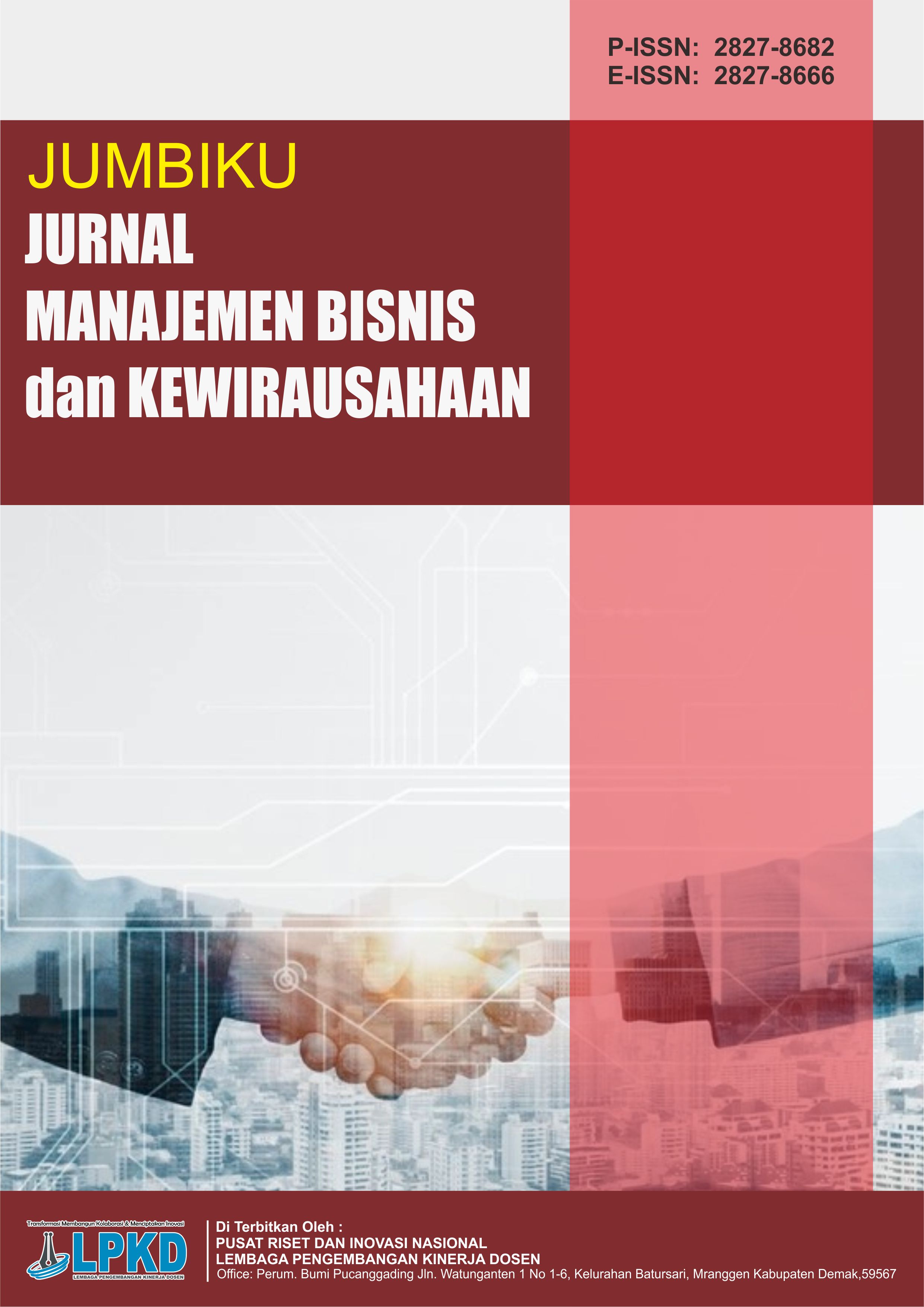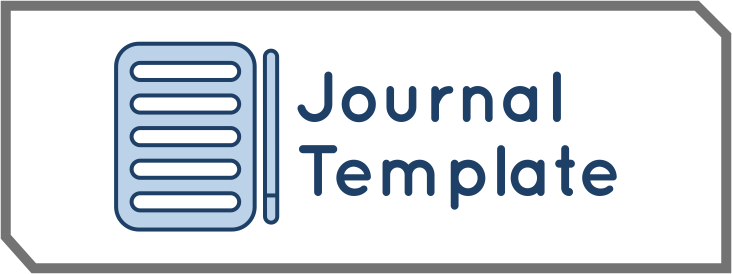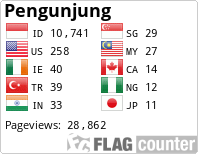Laporan Keuangan Berdasarkan Standar Akuntansi Keuangan Entitas Mikro pada Usaha Jasa Ika Laundry di Makassar
DOI:
https://doi.org/10.55606/jumbiku.v5i1.5908Keywords:
Accounting, Financial Statements, Ika Laundry, MSMEs, SAK-EMKMAbstract
(MSMEs) play a strategic role in accelerating national economic growth, yet the majority of business owners still experience difficulties in presenting financial documentation that aligns with established accounting standard criteria. A similar problem is experienced by Ika Laundry located in Makassar, where the financial recording system still uses conventional methods in the form of cash inflow and outflow documentation without standardized report structure. This situation results in minimal comprehensive financial data that can be used to analyze business performance and support business development strategies. The limitation of financial information impacts the difficulty for business owners to conduct objective performance evaluation and make appropriate strategic decisions. This study is focused on developing Ika Laundry's financial reporting system based on the SAK-EMKM as a more systematic, practical, yet accountable framework. The research approach uses descriptive qualitative methods with information collection through structured interviews, field observations, and documentation of transaction activities throughout December 2024. Data analysis was conducted following comprehensive accounting cycle procedures, starting from business transaction identification, general journal preparation, ledger posting, trial balance compilation, adjustment processes, to financial statement finalization. Research results show that before implementation, Ika Laundry did not have adequate financial documentation according to accounting standards. After compilation, three main report components have been produced according to SAK-EMKM, including statement of financial position, income statement, and notes to financial statements. The documentation presents complete information regarding the company's financial condition, covering total assets, equity, revenue, and operational expenses. SAK-EMKM implementation has proven to enhance financial reporting transparency, facilitate objective business performance evaluation, and provide a credible information basis for strategic decision-making in future business development.
Downloads
References
Afiah, N., & Samsinar. (2021). Pemahaman SAK EMKM pada Usaha Mikro, Kecil, dan Menengah di Makassar. Prosiding ICSAT. Universitas Negeri Makassar. https://ojs.unm.ac.id/icsat/article/view/17602
Badan Pusat Statistik. (2022). Profil usaha mikro, kecil, dan menengah (UMKM) di Indonesia. Jakarta: BPS.
Damayanti, N. P. D., & Purnamawati, I. G. A. (2023). Pengaruh kredit perbankan, kepatuhan wajib pajak, dan kualitas laporan keuangan terhadap penerapan SAK EMKM pada UMKM di Kabupaten Buleleng. Jurnal Akuntansi Profesi, 14(1), 43–55. https://doi.org/10.23887/jap.v14i01.50032
Departemen Pengembangan UMKM Bank Indonesia. (2019). Laporan perkembangan kredit mikro, kecil, dan menengah. Diakses 6 Desember 2024, dari https://www.bi.go.id/id/umkm/kredit/default.aspx
Dinas Koperasi dan UMKM Sulawesi Selatan. (2022). Statistik UMKM Provinsi Sulawesi Selatan tahun 2021. Makassar: Diskop UKM Sulsel.
Dweata, I. M., Pratiwi, N. M. D., & Sugiartha, I. M. (2020). Implementasi Standar Akuntansi Keuangan Entitas Mikro, Kecil, dan Menengah (SAK EMKM) pada UMKM. Jurnal Ilmiah Akuntansi dan Humanika, 10(2), 110–120.
Gaol, D. L. (2021). Permasalahan pengelolaan keuangan pada UMKM di Indonesia. Jurnal Manajemen dan Kewirausahaan, 9(1), 45–54. https://doi.org/10.26905/jmdk.v9i1.5308
Ikatan Akuntan Indonesia. (2022). Standar akuntansi keuangan entitas mikro, kecil, dan menengah (SAK EMKM). Jakarta: IAI.
Janie, R., Wulandari, N., & Aziz, M. (2020). Tingkat pemahaman pelaku UMKM terhadap penerapan SAK EMKM. Jurnal Akuntansi dan Keuangan, 12(2), 101–112.
Kementerian Keuangan RI. (2023). UMKM. Diakses 5 Desember 2024, dari https://djpb.kemenkeu.go.id/kppn/lubuksikaping/id/data-publikasi/artikel/3134-kontribusi-umkm-dalam-perekonomian-indonesia.html
Kurniawan, H. (2018). Analisis kendala penerapan akuntansi UMKM di Indonesia. Jurnal Akuntansi dan Bisnis, 4(1), 25–33.
Ningtyas, J. D. A. (2017). Penyusunan laporan keuangan UMKM berdasarkan Standar Akuntansi Keuangan Entitas Mikro, Kecil dan Menengah (SAK-EMKM) (Studi kasus di UMKM Bintang Malam Pekalongan). Owner (Riset dan Jurnal Akuntansi), 2(1), 11–17. https://owner.polgan.ac.id/index.php/owner/article/view/28/12
Pardita, N. M. R., Widnyana, I. W., & Jati, I. K. (2019). Persepsi pelaku UMKM terhadap penerapan SAK EMKM di Kabupaten Buleleng. Jurnal Akuntansi Profesi, 10(1), 28–36.
Rosmiati, A. (2020). Rendahnya literasi akuntansi UMKM dalam penyusunan laporan keuangan. Jurnal Ekonomi dan Akuntansi, 10(2), 77–85.
Suyadi, Syahdanur, & Suryani, S. (2018). Analisis pengembangan usaha mikro kecil dan menengah (UMKM) di Kabupaten Bengkalis-Riau. Jurnal Ekonomi KIAT, 29(1), 1. https://doi.org/10.14710/elipsoida.2018.3700
Downloads
Published
How to Cite
Issue
Section
License
Copyright (c) 2025 Jurnal Manajemen, Bisnis dan Kewirausahaan

This work is licensed under a Creative Commons Attribution-ShareAlike 4.0 International License.








